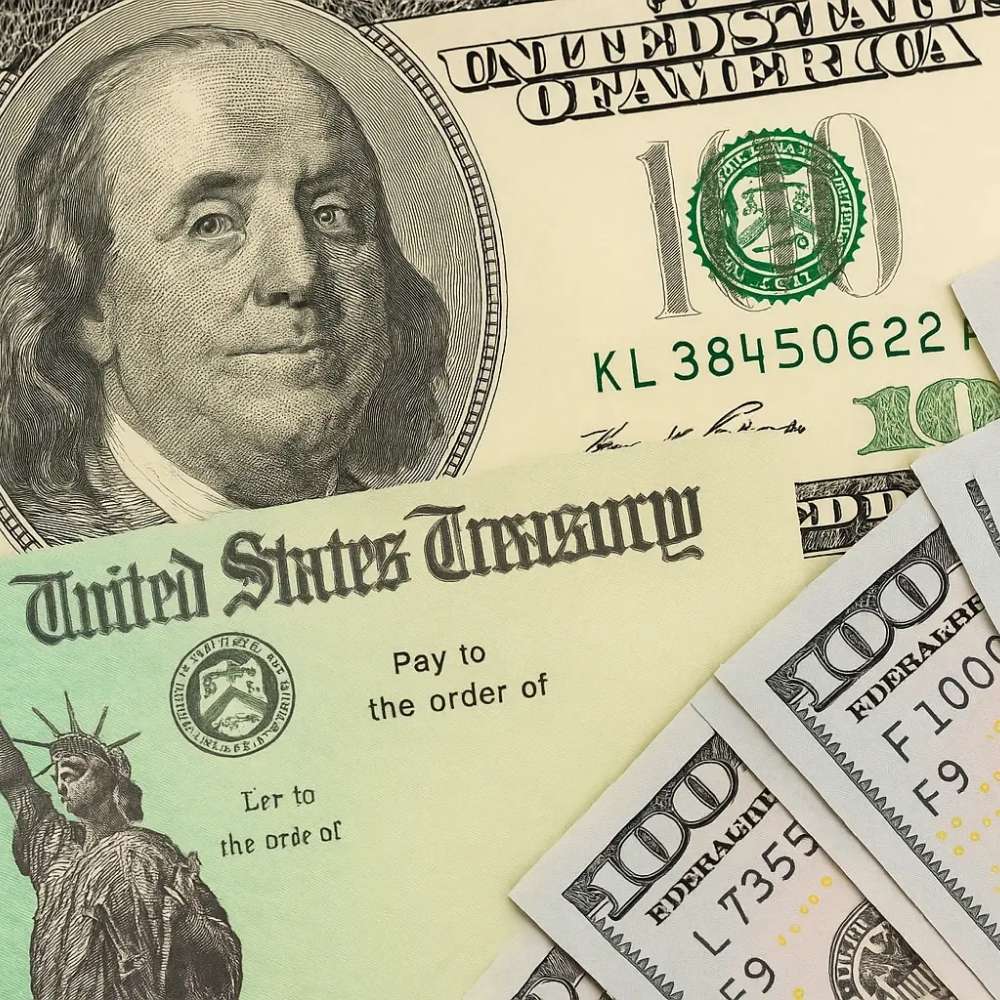What is usually a predictable event on Wall Street has this week become a focal point for global investors. The upcoming U.S. 30-Year Bond Auction, involving the sale of $22 billion in 30-year bonds is drawing intense scrutiny amid rising skepticism over long-term government debt. Market watchers are seeing the auction as a real-time gauge of investor sentiment, especially as yields on long-duration bonds surge and confidence wanes.
Jack McIntyre of Brandywine Global Investment Management summed it up bluntly: “It feels like U.S. Treasury 30 years are the most unloved bonds out there.” The recent spike in yields reflects deeper concerns over the country’s mounting fiscal deficits and investor demands for greater compensation to hold long-term government paper. Yields on 30-year bonds recently hit 5.15%, the highest in nearly two decades, before settling around 4.97%.
Investors are especially wary as Congress considers President Trump’s tax-and-spend plan, which some analysts say could significantly inflate the national deficit. In response, Moody’s downgraded the U.S. credit score last month. These conditions have turned what would normally be a technical procedure into a referendum on fiscal policy and market confidence.
Key Metrics and Foreign Participation Under the Microscope
The upcoming U.S. 30-Year Bond Auction will be closely monitor several indicators from Thursday’s bond sale, such as the auction’s “tail” (the gap between auction and expected yields) and the bid-to-cover ratio, which reflects demand strength. Analysts like Fred Hoffman from Rutgers Business School are paying attention even during their time off. Hoffman, vacationing in Martha’s Vineyard, said poor auction metrics would signal “a problem.”
The auction follows a weak performance in the May 21 sale of 20-year bonds, which sent yields soaring. If the U.S. 30-Year bond auction faces similar disinterest, it could rattle confidence further since it’s a widely used global benchmark. While the system includes safeguards, like primary dealers being required to place bids, persistent weak results could reveal deeper structural issues.
Foreign buyers, historically major holders of U.S. debt, are another variable. A controversial “revenge tax” clause in Trump’s tax plan, targeting investors from nations with “unfair” tax rules, has sparked worries that international demand might weaken, even though officials have said Treasuries will be exempt.
Still, rising yields may attract bargain hunters. McIntyre noted that his firm purchased 30-year bonds around the 5% yield mark, viewing them as relatively attractive amid ongoing uncertainty.
Long-Term Market Outlook Mired in Political Risk and Fiscal Worries
The broader issue troubling investors is the increasingly political nature of long-term interest rates. Greg Peters of PGIM Fixed Income highlighted the “disconnect” between market movements and monetary policy. “It’s being driven by risk premium, politics, all these other factors,” he said, noting that traditional indicators are becoming less predictive.
Economic data continues to sway the outlook. May’s strong jobs report pushed yields higher, while traders still expect the Federal Reserve to lower interest rates later this year. However, concerns persist that Trump’s tariffs could reignite inflation, offsetting the effects of any rate cuts.
The yield curve, a key measure of investor expectations, has steepened significantly as long-term rates climb. A New York Fed measure of the 10-year term premium now sits at nearly 0.75%, up from negative values a year ago. As capital inflows remain uncertain and fiscal restraint elusive, experts like Kathy Jones of Charles Schwab predict the curve will continue to steepen, even if short-term rates decline.
Ultimately, the outcome of this week’s auction will not just reflect investor preferences it could serve as a bellwether for the stability of the U.S. economy’s financial foundation.
Visit more of our news! Mr. Business Magazine.







